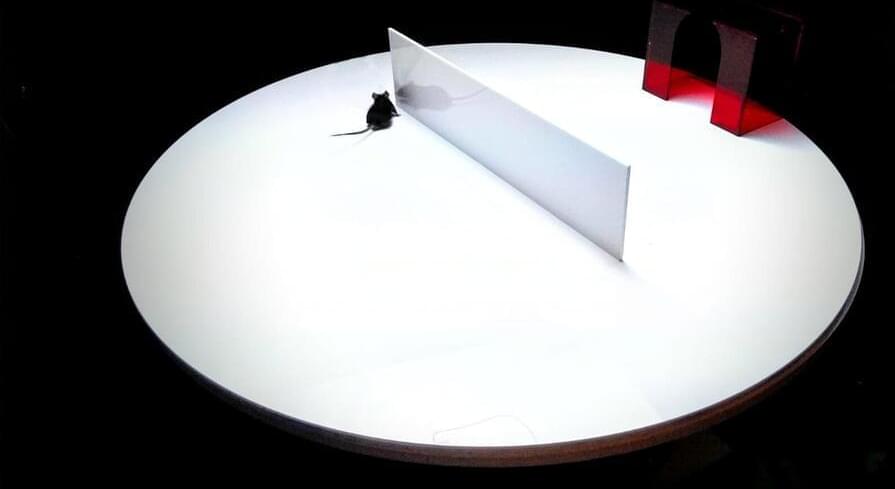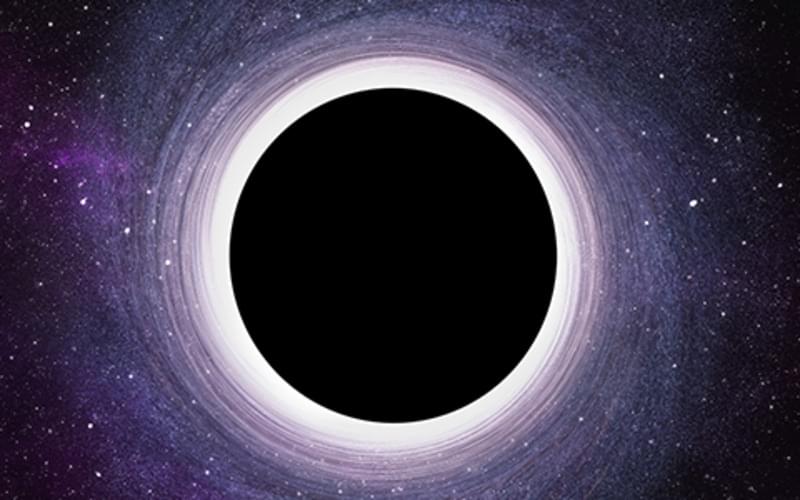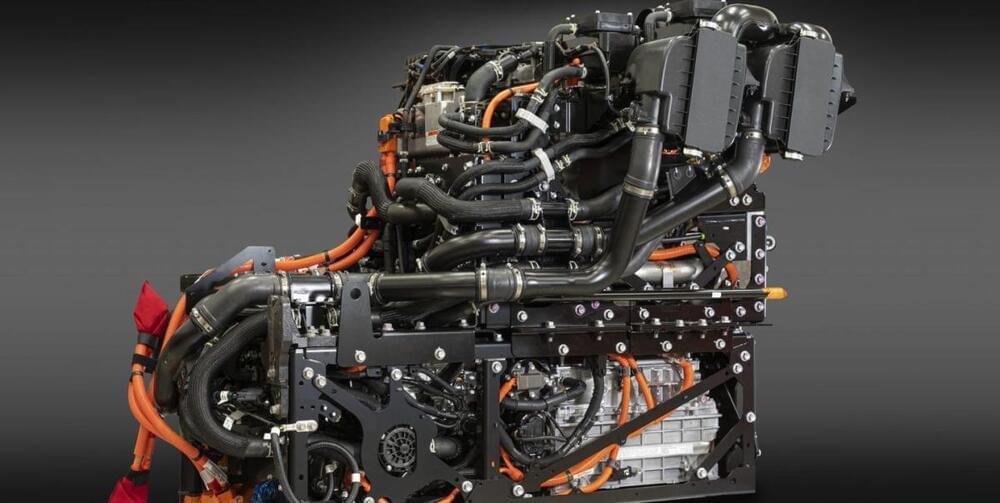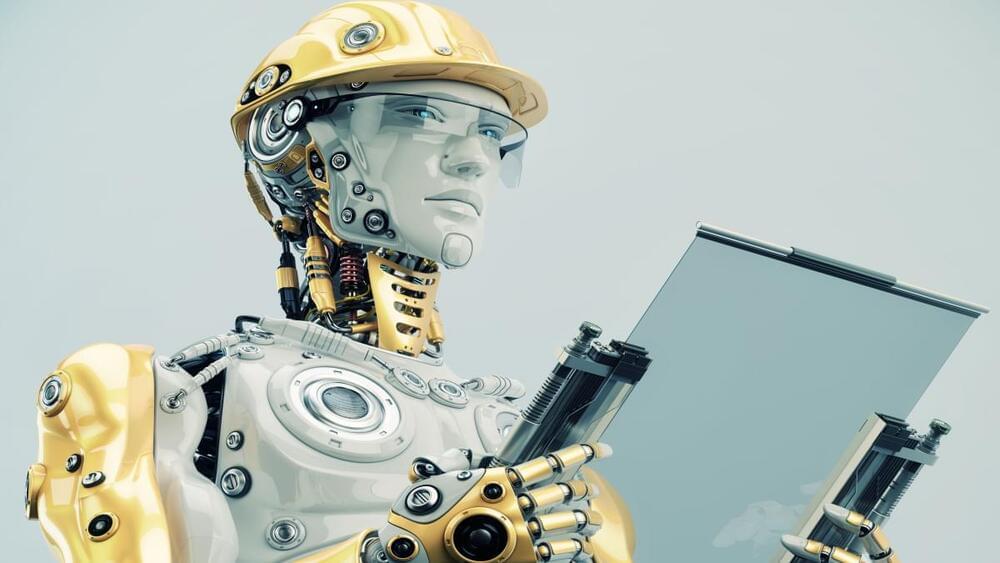It’s possibly the most famous question in all of science — where is everyone? Join us today for deep dive into Fermi Paradox.
Thanks to NordVPN for sponsoring this episode. 🌏 Get exclusive NordVPN deal here ➵ https://NordVPN.com/coolworlds It’s risk free with Nord’s 30 day money-back guarantee!✌
The Fermi Paradox has been a topic of keen debate amongst scientists, astronomers and the rest of us for more than seven decades. We can’t resist the urge to speculate about aliens! But what is the paradox even really about? What explanations have been offered? Today, we explore this famous question, and offer a mind-shifting explanation.
Written and presented by Prof David Kipping, guest starring Jackson Kipping and edited by Jorge Casas.
→ Support our research program: https://www.coolworldslab.com/support.
→ Get Stash here! https://teespring.com/stores/cool-worlds-store.
THANK-YOU to our supporters D. Smith, M. Sloan, C. Bottaccini, D. Daughaday, A. Jones, S. Brownlee, N. Kildal, Z. Star, E. West, T. Zajonc, C. Wolfred, L. Skov, G. Benson, A. De Vaal, M. Elliott, B. Daniluk, M. Forbes, S. Vystoropskyi, S. Lee, Z. Danielson, C. Fitzgerald, C. Souter, M. Gillette, T. Jeffcoat, J. Rockett, D. Murphree, S. Hannum, T. Donkin, K. Myers, A. Schoen, K. Dabrowski, J. Black, R. Ramezankhani, J. Armstrong, K. Weber, S. Marks, L. Robinson, S. Roulier, B. Smith, G. Canterbury, J. Cassese, J. Kruger, S. Way, P. Finch, S. Applegate, L. Watson, E. Zahnle, N. Gebben, J. Bergman, E. Dessoi, J. Alexander, C. Macdonald, M. Hedlund, P. Kaup, C. Hays, W. Evans, D. Bansal, J. Curtin, J. Sturm, RAND Corp., M. Donovan, N. Corwin, M. Mangione, K. Howard, L. Deacon, G. Metts, G. Genova, R. Provost, B. Sigurjonsson, G. Fullwood, B. Walford, J. Boyd, N. De Haan, J. Gillmer, R. Williams, E. Garland, A. Leishman, A. Phan Le, R. Lovely, M. Spoto, A. Steele, M. Varenka, K. Yarbrough, A. Cornejo, D. Compos, F. Demopoulos, G. Bylinsky, J. Werner, B. Pearson, S. Thayer & T. Edris.







